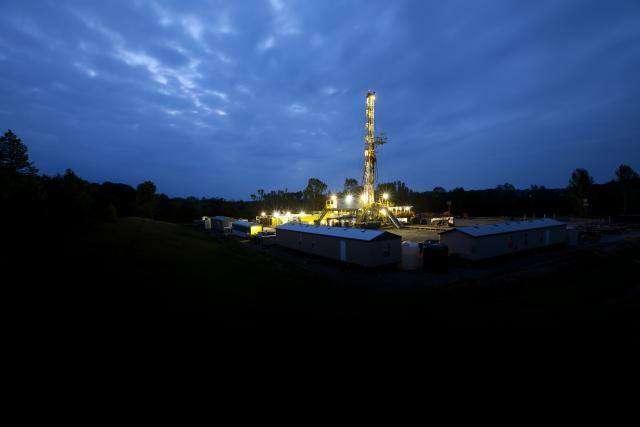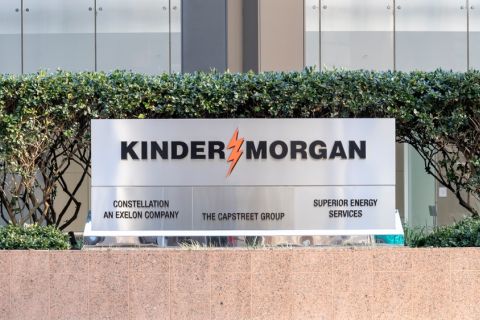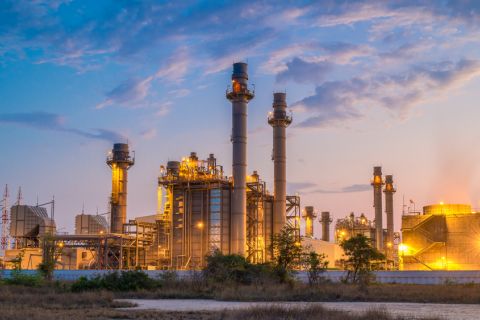
BHP Billiton Ltd. (BHP) has posted a 67% jump in onshore U.S. liquids volumes for the 2015 financial year, but suffered a slight decline in natural gas production.
The diversified mining and petroleum company revealed the big boost in volumes to 56 million barrels of oil equivalent (MMboe), exceeding guidance, in its operational review on July 22.
BHP attributes the strong performance to a doubling of liquids production from both the Eagle Ford Shale and Permian Basin assets, which brought significant improvements in drilling and completions efficiency.
The result underpinned a 4% rise in total petroleum production to a record 256 MMboe. However, the company has flagged a forecast 7% decline in petroleum production for the 2016 financial year to 237 MMboe.
The company also said it anticipates a 19% decline in the combined production of the predominantly gas-rich Haynesville, Fayetteville and Hawkville fields as it continues to defer development of these assets for longer-term value.
In its conventional business, BHP said strong uptime performance in the Gulf of Mexico was more than offset by the impact of industrial action at Bass Strait, unplanned maintenance at the North West Shelf operation in the June 2015 quarter and natural field decline across the portfolio.
BHP said weaker seasonal demand at Bass Strait, along with lower onshore US gas volumes as a result of the decision to defer development activity for longer-term value contributed to a 6% decline in natural gas production to 787 billion cubic feet (Bcf).
On the development front, BHP’s onshore U.S. rig count decreased from 24 to 10 during the 2015 financial year as the company moved quickly in response to lower prices and benefited from significant productivity improvements.
BHP Billiton chief executive Andrew Mackenzie said the company expects to maintain production in the Eagle Ford's Black Hawk Field and the Permian in the coming year despite cutting annual shale investment by more than 50%.
“Although our decision to cut spending in the onshore U.S. will mean deferring gas volumes in the near term, we expect to realise greater value by developing our acreage later,” he said.
“We remain confident that our focus on best-in-class performance together with our unrivalled asset quality, optimal diversification and continued investment in high-return projects, will create long-term value through the cycle and deliver superior returns to our shareholders.”
Just last week, BHP announced that it anticipates an impairment charge of about US$2 billion post-tax on its onshore U.S. assets. The company expects to spend US$1.5 billion on its onshore U.S. assets in the 2016 financial year.
Contact the author, Lauren Barrett, at lbarrett@hartenergy.com.
Recommended Reading
Kinder Morgan to Boost NatGas Capacity in Texas
2024-10-16 - Kinder Morgan said it has made FID for the Gulf Coast Express expansion and confirmed a new pipeline project to move gas to the site of future Southeast Texas LNG export facilities.
Behind the Hype: The 'Jaw-dropping' Expectations for AI, Natural Gas
2024-09-05 - Anecdotal evidence suggests "jaw-dropping" energy needs as AI data centers come online, but building up the power supply will be a complicated process for producers and midstream companies.
Electrification Lights Up Need for Gas, LNG
2024-09-20 - As global power demand rises, much of the world is unable to grasp the need for gas or the connection to LNG, experts said.
OPEC+ Agrees to Delay October Output Hike for Two Months, Sources Say
2024-09-05 - Oil prices edged up from multi-month lows on reports of an OPEC+ delay as well as a decline in U.S. inventories, though gains were capped by persistent demand concerns.
US NatGas Prices Slide 2% as Mild Weather Keeps Storage Injections High
2024-11-07 - U.S. natural gas futures have fallen on forecasts for weather to remain mild through late November.
Comments
Add new comment
This conversation is moderated according to Hart Energy community rules. Please read the rules before joining the discussion. If you’re experiencing any technical problems, please contact our customer care team.



